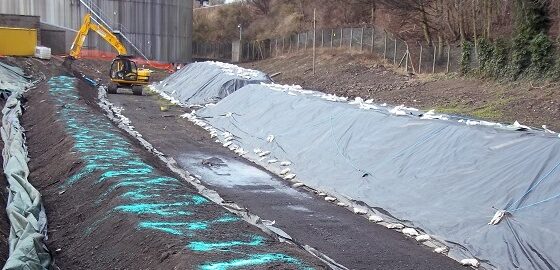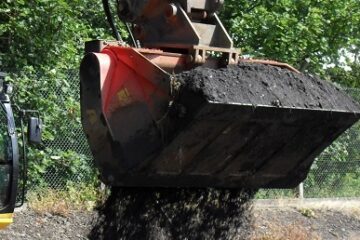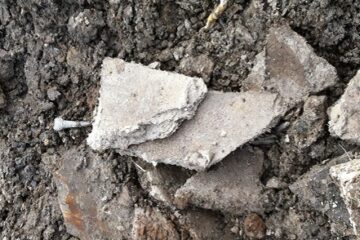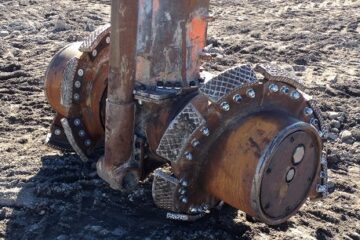I am really glad to see that BREEAM, the international standard for best practice in sustainable building design, includes a consideration of contaminated land. Contaminated land includes both contaminants in the soil and groundwater such as fuel oils, metals etc, and also invasive weeds. If you’re looking to achieve a good BREEAM score then you’ll need a strong plan to minimise the risks posed by contaminated land on your site. If your land isn’t contaminated, then you don’t have to miss out on these points, which is always good to know.
I won’t go in to the contaminated land identification and investigation approach, you can read more here if you’re interested, in order to get the best from your contaminated land you can start with the 3 R’s, reduce, re-use, recycle.
Money as always talks, and you’ll find that most, if not all, sustainable remediation solutions will be more cost effective than disposing of materials to landfill!
Reduce – Whether contaminated land is a risk depends on land-use, if you have some control of land-use in your development plans it may be possible to design out some of the contamination risk. e.g. move your basement car park to a clean area of the site (re-using excavated clean soils for landscaping on site), and build a tarmac car park over the contaminated area.
Another route to reducing the risks of contamination is to physically treat contamination on site, the aim being to reduce contaminant levels in the ground to below levels where they pose a risk to any receptors. This is our day job so you’ll be able to find much more on this at our web-site here.
Re-use – BREAAM makes reference to both minimising construction waste, and also minimising non-hazardous and hazardous wastes, typically found on site as soil and/or asbestos contaminated demolition waste. With the right management in place it is possible to re-use materials on site without applying for licenses / exemptions. The next level up requires applications to be made for waste exemptions and / or licenses. Remediating materials on site can be designed to make them suitable for re-use. Click here for a brief guide to the requirements of re-using soils on site.
Re-cycle – Construction material recycling has understandably become very popular. Soil treatment centres have sprung up across the UK to take soils and remediate them so they are suitable for re-use, or for disposal as inert materials (which minimises tax burdens).
All in, there are many ways to approach BREEAM and get a good score for contaminated land. My advice is to be prepared early, leaving it to the last minute rules out most of the solutions mentioned above.
Feel free to get in contact if you have any questions on 0131 538 8456 or info@soilutions.co.uk.
2021
Soil remediation guide
Approaching soil remediation without any prior knowledge can be difficult and uncomfortable at times, especially when it can potentially be very costly. This free eBook will help you understand the whats, the whys and the hows of soil remediation in the simplest terms.







Leave a Reply